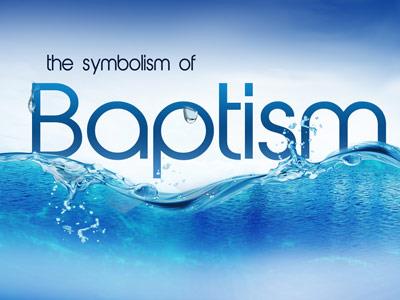-
Introductory Sermon For 1 John Series
Contributed by Bobby Stults on Nov 28, 2017 (message contributor)
Summary: An introductory sermon to the letters of John [primarily 1 John]
Sermon Brief
Date Written: November 10, 2008
Date Preached: November 12, 2008
Where Preached: OPBC (Wed PM)
Sermon Details:
Sermon Series: A Study of John’s Letters
Sermon Title: Introductory Sermon
Sermon Text: 1 John 1:1-4
1 That which was from the beginning, which we have heard, which we have seen with our eyes, which we have looked upon, and our hands have handled, concerning the Word of life— 2 the life was manifested, and we have seen, and bear witness, and declare to you that eternal life which was with the Father and was manifested to us— 3 that which we have seen and heard we declare to you, that you also may have fellowship with us; and truly our fellowship is with the Father and with His Son Jesus Christ. 4 And these things we write to you that your[a] joy may be full.
When one reads the letters of John, an underlying current seems to jump out at the reader and that is CONFLICT. However, while the situations addressed in 1, 2 John are closely related, it is not that clear that 3 John was written for the same reason.
But when reading these letters, we know that the letters were sent to help to address a conflict or a series of conflicts that were occurring at one time or another within what theologians called the “Johnnine Community” or the house churches of the Apostle John!
The Johannine community was simply a network of small congregations or house churches that had a shared theological heritage and a shared historical context. But it seems in 1 and 2 John that there are some conflicts brewing or some conflicts already rearing their ugly heads within this network of believers.
These conflicts ranged from things as important as theological differences to something as mundane and simple as perceived social gaps within the fellowship.
Now the seeming nature behind the problem being addressed here in these letters is the subject of the nature and implications of salvation in Christ Jesus. It seems as if there are those who have ‘left the fold’ and have struck out on their own theologically…
Some of what we can discern is that these ‘secessionists’ from the Johannine community of faith claimed that they were no longer in need of atonement from Christ. Their claim was that in being saved FROM their sin and that they NO LONGER were capable of sin because of that salvation… that they were now LIKE CHRIST in perfection from sin! And because of this perfection from sin, they did not see the importance of growing ‘in Christ’ or in the knowledge of God.
So these letters from John are as much about Christian spirituality and conduct as they are about doctrine and belief. But so many theologians have said the main thrust of these letters dealt primarily with a doctrinal dispute among the believers.
That doctrinal seems to focus around Christology or the person of Jesus and it is this dispute that ultimately leads to a fracturing of this fellowship or network of believers.
There are many theories put forth by Theologians about WHO were those who rebelled against “the Elder’s” teachings, but 3 of these are most prevalent :
The opponents to John were the Cerinthians. The Cerinthians followed a man by the name of Cerinthus who was thought to be the arch enemy of John in Ephesus. Cerinthus believed that Jesus and the Christ (Messiah) were separate but they joined together at Jesus’ baptism and separated at the Crucifixion.
The opponents to John were the Docetists: Docetism was a belief that Jesus never really existed on the human plane but merely SEEMED to be real and human.
The opponents to John were the Gnostics: Gnosticism is a belief that spirit is good and matter is bad, and that Jesus could not have been God because God would NEVER allow Himself to be tainted by clothing himself in flesh. But they also believed that to obtain salvation you must obtain a special knowledge from God… a special divine revelation.
Now none of these 3 heresies that we have looked at mirrors exactly what is going on in these letters from John and there in lies the problem of knowing exactly what the Elder was battling against… but we do know this… even in the early years of the church, there were problems, there were varying theories about Jesus and His divinity.
But how did John combat these heresies? Well we see that he did so by combating false teaching and false belief… head on! In 1 John, we find that this letter addresses a particular situation and is directed to a very specific audience.
1 John is written in a gentle pastoral like tone designed to encourage and assure believers as to their standing in Christ. 1 John regularly assures of God’s promises and urges faithfulness to God.

 Sermon Central
Sermon Central



